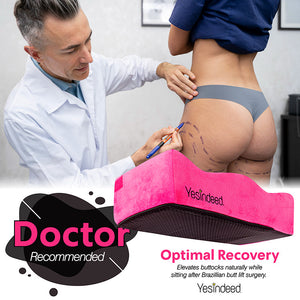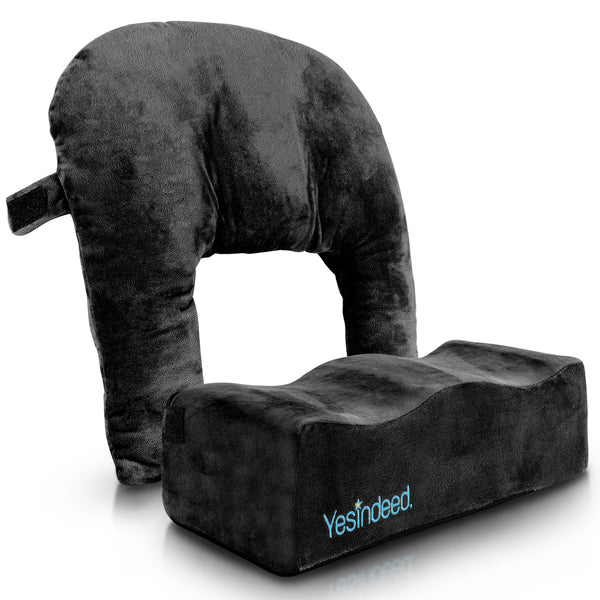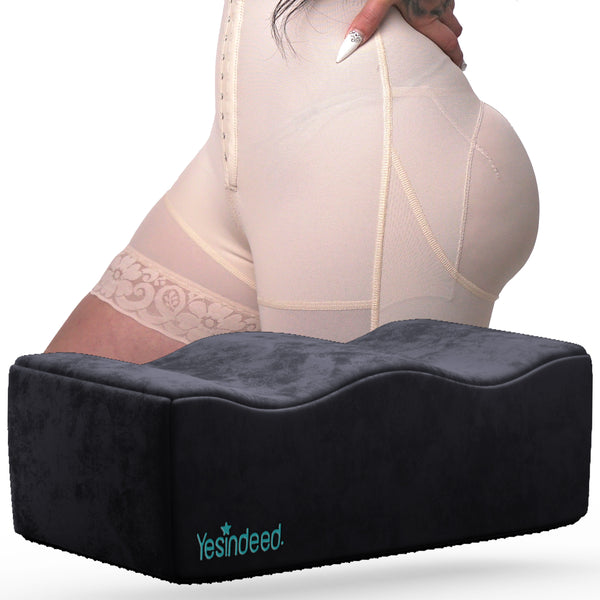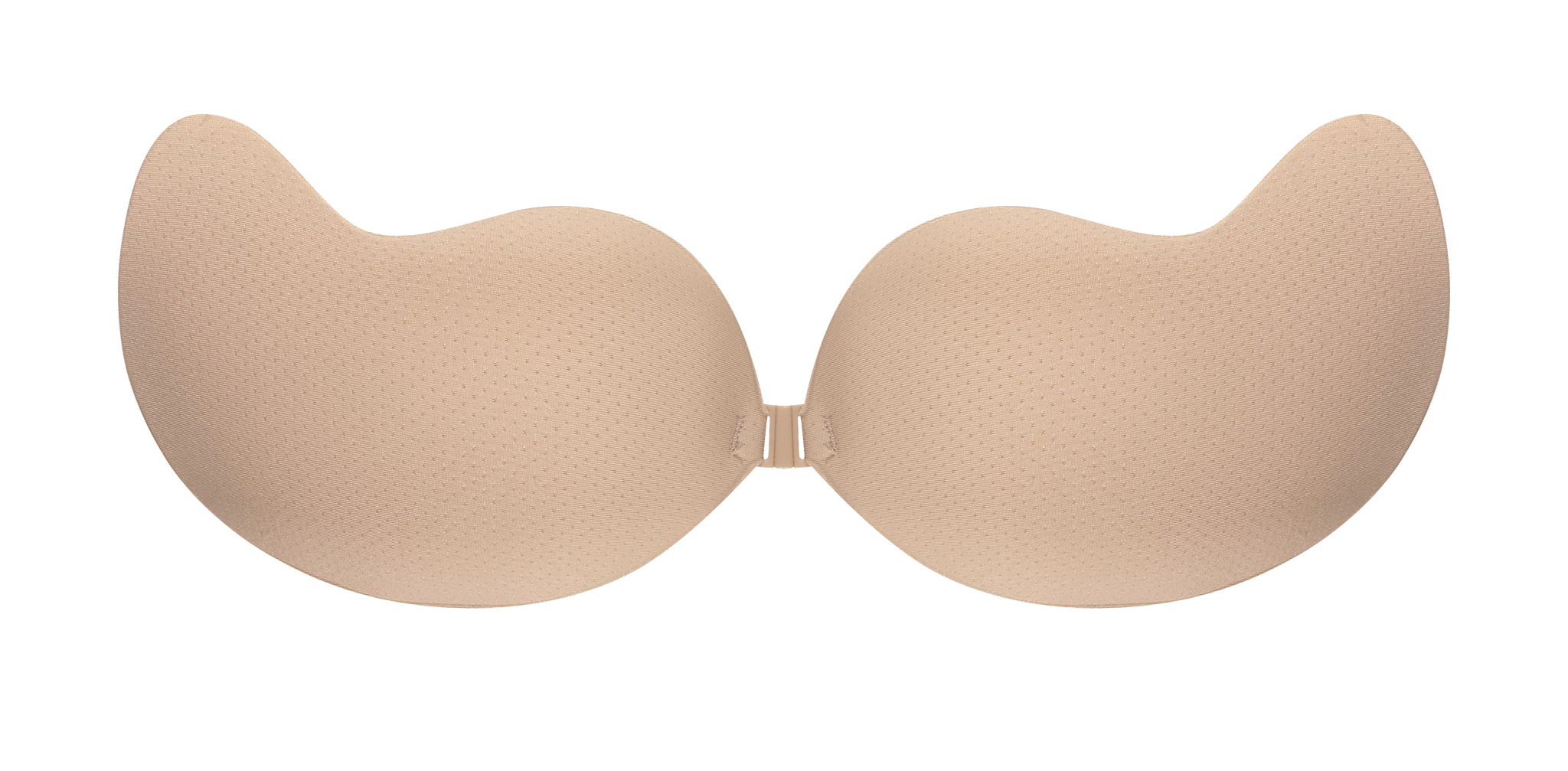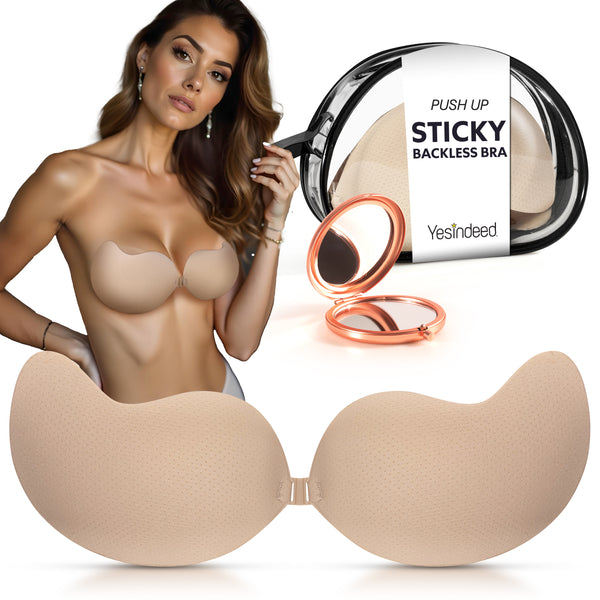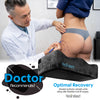Liposuction, also known as lipoplasty or suction lipectomy, is a popular cosmetic surgery procedure that can help reshape specific body areas by removing excess fat deposits. However, one of the common misconceptions is that liposuction is a weight-loss solution. In reality, it's designed to improve body contours and proportions. Many have questions: How much fat can be removed with liposuction?
Understanding Liposuction

Before delving into the numbers, it's essential to understand the primary goal of liposuction. This procedure targets fat deposits that are resistant to diet and exercise. It is not a substitute for weight loss or obesity treatment.
Safety First
The American Society of Plastic Surgeons (ASPS) and other reputable surgical organizations have established guidelines on the maximum amount of fat that can be safely removed during a single liposuction session. Traditionally, the limit is about 5,000 milliliters, or 5 liters, which is approximately 11 pounds of pure fat.
However, the exact amount varies depending on:
- The patient's health: Not everyone can safely tolerate the removal of 5 liters of fat. A person's overall health, age, and medical history significantly determine this limit.
- Areas of the body being treated: Some areas may allow more fat removal than others. For instance, the abdomen might hold larger fat deposits than the arms.
- The number of areas being treated: If multiple areas are being treated in one session, the surgeon might remove less fat from each area to ensure overall safety.
- The surgeon's expertise and judgment: A seasoned surgeon will know how much fat removal will provide the desired results without compromising the patient's health or the aesthetic outcome.
Risks Associated With Over-Removal
Removing too much fat during a single session can lead to various complications:
- Cosmetic complications include skin dimpling, lumpiness, or irregular skin appearance.
- Medical complications: Over-suction can lead to fluid imbalance, shock, or even fat embolism. In this severe condition, fat travels through the bloodstream and can potentially reach the lungs or brain.
- Recovery time: Removing a larger fat volume can extend the recovery period and increase the risk of postoperative complications.
Realistic Expectations
Patients need to have realistic expectations about the results of liposuction. While removing several pounds of fat can make a noticeable difference in appearance, it doesn't equate to a significant drop in body weight. Patients should also consider the skin's elasticity in the treated area. Youthful skin with good elasticity will "snap back" and conform to the body's new contours more effectively than older, less elastic skin.
Alternative Or Complementary Procedures
For those looking to remove more significant amounts of body fat or for those who are seeking a more dramatic transformation, combining liposuction with other procedures might be an option:
- Tummy tuck (abdominoplasty): Removes excess skin and tightens the abdominal muscles.
- Body lift: Addresses sagging skin, typically after massive weight loss.
- CoolSculpting: A non-surgical method to reduce fat in targeted areas, suitable for smaller fat deposits.
Want to learn more about CoolSculpting and Tummy Tuck to determine which method is right for you? Check out our detailed guide: CoolSculpting vs. Tummy Tuck."
Choosing The Right Surgeon

One of the most critical decisions when considering liposuction is choosing the right surgeon. Ensuring that your surgeon is board-certified and has substantial experience with liposuction will greatly influence the safety and success of the procedure. Here are some considerations:
- Board Certification: Seek a surgeon certified by a recognized board, such as the American Board of Plastic Surgery or equivalent in your country. This certification ensures that the surgeon has undergone rigorous training and meets specific standards of care and skill.
- Experience: Ask the surgeon about their experience, specifically with liposuction. How many procedures have they performed? Are they familiar with the latest techniques?
- Before and After Photos: Reviewing the surgeon's portfolio can give you an idea of their aesthetic sensibilities and their results' consistency.
- Patient Testimonials and Reviews: Hearing from previous patients can provide insights into their experiences, the surgeon's bedside manner, and the overall clinic environment.
- Open Communication: Your surgeon should be someone you feel comfortable discussing your concerns, asking questions, and expressing your desired outcomes. They should be transparent about the procedure's risks, benefits, and realistic outcomes.
Postoperative Care And Recovery
After liposuction, proper postoperative care is crucial for optimal results and a smooth recovery:
- Compression Garments: These will likely be recommended to help reduce swelling, support the treated areas, and assist in skin contraction.
- Limit Physical Activity: While mild movement is encouraged to promote circulation, strenuous activities and heavy lifting should be avoided for a few weeks.
- Follow-up Appointments: Keep up with all postoperative appointments as arranged to allow the surgeon to evaluate the healing process and handle any potential issues early on.
- Healthy Lifestyle: For liposuction benefits to last after recuperation, a balanced diet and consistent exercise are necessary. Remember, while the fat cells removed won't return, the remaining ones can still enlarge if one gains weight.
The Psychological Aspect
It's important to note that while liposuction can provide physical changes, it might not necessarily address underlying psychological or emotional issues related to body image. Some patients might experience a period of adjustment post-surgery or have unrealistic expectations about the transformative power of the procedure. Open conversations with mental health professionals or counselors are always beneficial if dissatisfaction or anxiety arises after the surgery.
The Final Word
Liposuction is more than fat removal; it combines science and artistry to harmonize the body's contours. By approaching it with well-informed decisions, realistic expectations, and a commitment to postoperative care, patients can reap the benefits of this transformative procedure. Always remember that the goal is enhancement, not perfection. Achieving a more confident version of oneself is the ultimate success.
Frequently Asked Questions
Is Liposuction A Weight-Loss Solution?
No, liposuction is designed for body contouring and is best suited for removing localized fat deposits resistant to diet and exercise. It's not a substitute for weight loss or obesity treatment.
What Are The Risks Of Removing Too Much Fat During Liposuction?
Over-suctioning can lead to cosmetic complications like skin dimpling or irregularities. It can result in fluid imbalance, shock, or a severe condition called fat embolism, where fat can travel to the lungs or brain.
How Can I Ensure The Best Results After My Liposuction Procedure?
Choose a board-certified and experienced surgeon, follow postoperative care instructions, wear compression garments as advised, maintain a healthy lifestyle, and attend all follow-up appointments.
Will The Fat Cells Return After Being Removed Via Liposuction?
No, the fat cells removed during liposuction do not regenerate. However, if you gain weight, the remaining fat cells in the body can enlarge, potentially altering the post-surgical results.









